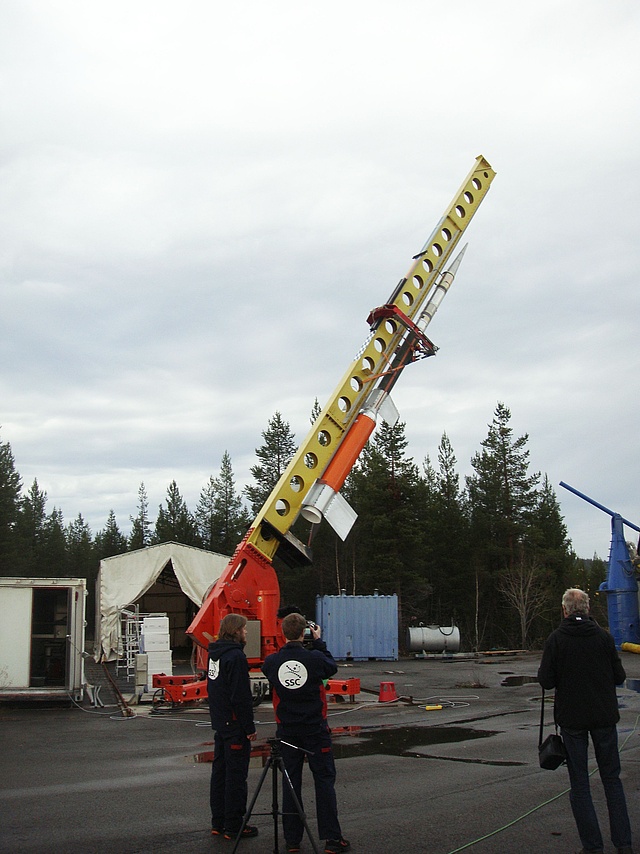Player
The mesosphere is a complex region of the upper atmosphere, notably its ion chemistry is more intricate than at higher altitudes, such as in the thermosphere (or the E- or F-layers). Modern theoretical models describing the mesosphere include not only gas phase chemistry, but also consider transport of atmospheric constituents, including meteoric dust. Recent in-situ measurements have revealed the importance of this ubiquitous dust for the plasma equilibrium, but impact on the neutral chemistry can also be expected according to model results. Atmospheric models are better than their inputs, i.e. the most serious weakness of the models is that they suffer from often poorly known, but important input parameters. Many of them can only be estimated, or are based on only scarce data of reliable instruments. Notably the important measurements of turbulence, atomic oxygen, and dust are largely incidental and uncertain in their absolute values due to the intricacy of measuring in situ in a relatively dense background atmosphere. Ground-based or satellite observations generally do not provide the necessary height resolution or are averages of over larger areas.
In order to remedy this situation six sounding rocket flights are part of the present research project and will provide data on meteoric dust with unprecedented accuracy and resolution pertaining to mass and charge and number density through the application of several instruments developed and provided by different institutions. All flights take place from Northern Scandinavia with international cooperating partners from Germany, Norway, Sweden and the United States. Another important parameter is atomic oxygen which at mesospheric heights is very difficult to measure. An ensemble of largely novel instruments will measure its concentration in two flights under different geophysical conditions. The first two flights, primarily aimed at studying oxygen in its various states (molecular, atomic, or ozone) took place from ESRANGE in Northern Sweden in October 2015. The apogee was near 250 km and both flight occurred in daylight. Two more flights will aim at the study of dust (Summer 2016) and the other two in 2017 (?) are dedicated to the study of PMWE (polar mesospheric winter echoes) which are relatively rare phenomena of yet unresolved radar echoes in the 70 to 80 height region.
The results will provide realistic input values for theoretical atmospheric models and help to identify weaknesses in the assumptions underlying the model calculations. A better understanding of the processes responsible for polar mesospheric echoes and noctilucent clouds will allow interpretation of these ground based observations in terms of atmospheric parameters, notably temperature. Noctilucent clouds have - at least sporadically - been observed for well over a century and can serve as a proxy for temperatures near the mesopause. In addition, the proposed plasma measurements will be used to augment the data base on which several empirical models of ionospheric parameters are based on.
